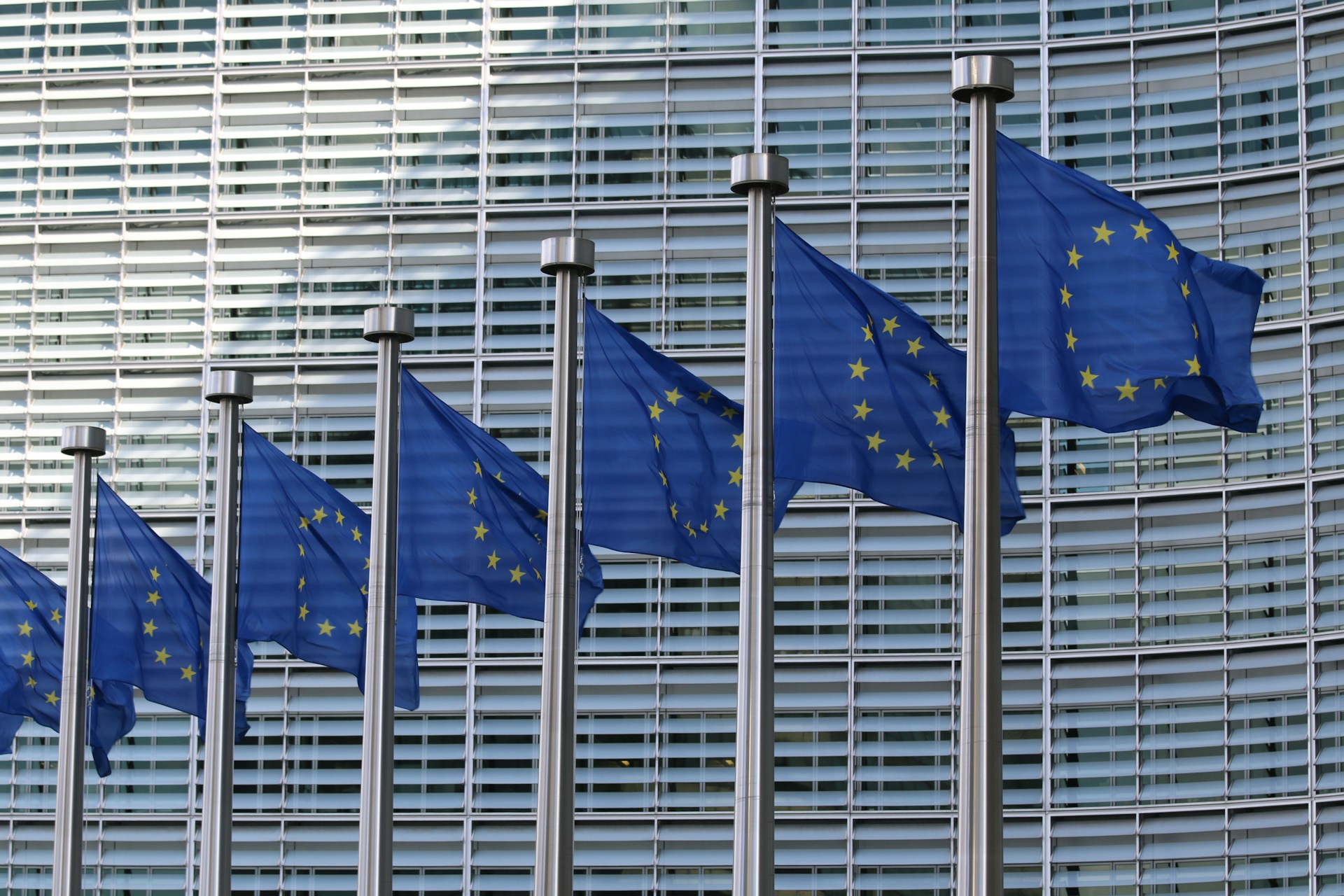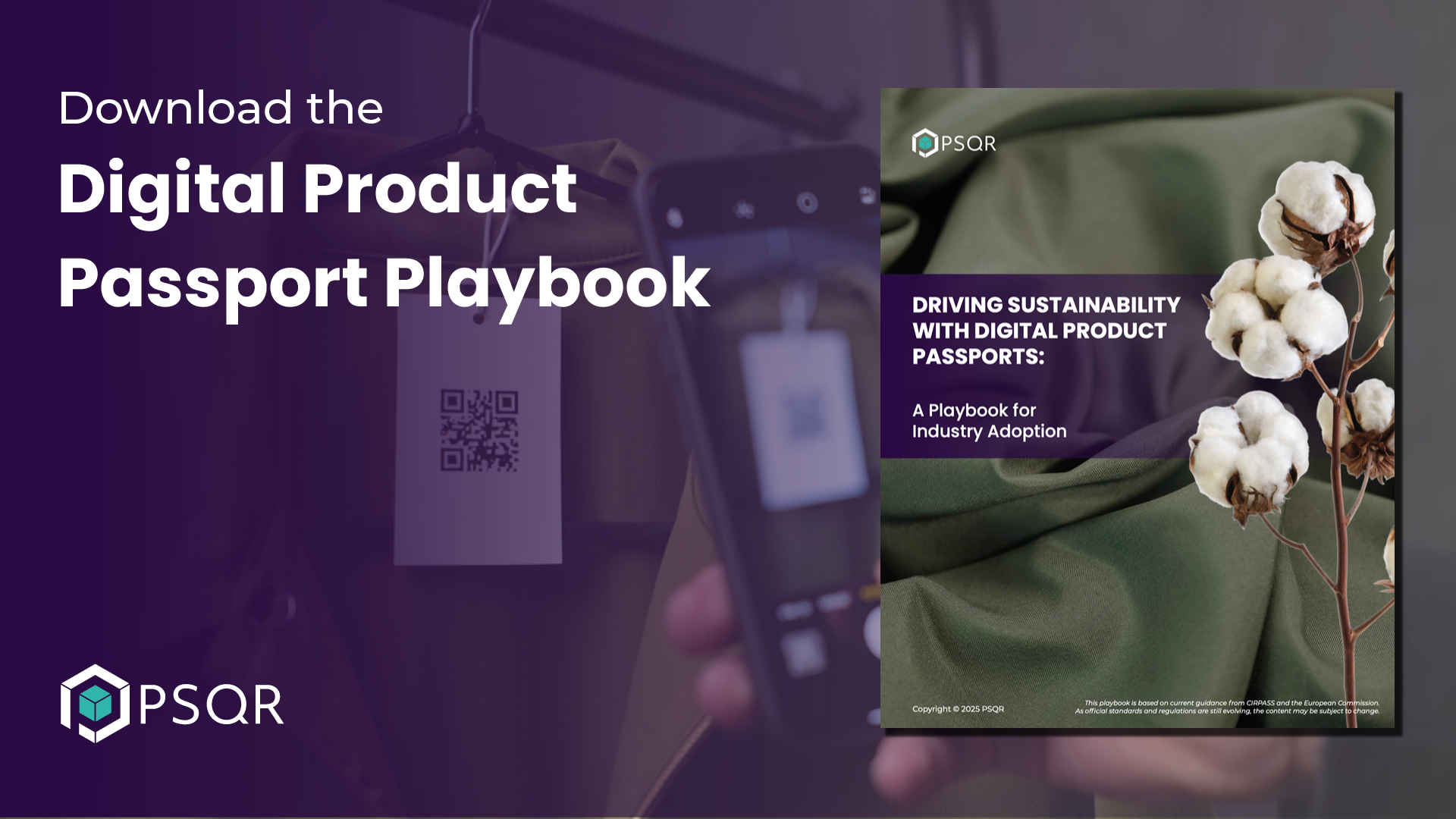This article is a summary of the CIRPASS’ final event on DPP, “State of play and possible developments of the DPP”. All the information provided in the article has been collected from the presentations available on the CIRPASS website.
On March 5, 2024, CIRPASS, in collaboration with the European Commission, organized a whole-day final event about the future development of the Digital Product Passport.
The event brought together a number of stakeholders from different industries and organizations who elaborated on different aspects of the upcoming regulation and its requirements, possible solutions, use case examples, and obstacles and opportunities for the affected industries and businesses.
What did we find out about the Digital Product Passport?
The Digital Product Passport is on its way, and it will affect a number of industries, including textile, battery, apparel, and consumer electronics. The first one that will need to comply with the regulation is the battery industry.
Slightly different rules will apply from industry to industry, depending on the product category and the details needed for compliance.
However, there are a number of already-determined requirements that will apply to all industries.
During the event, one of the opening presentations was held by Michele Galatola, a Senior Policy Officer at the European Commission, who gave an overview of the DPP’s main design features. It’s been established that:
- The DPP shall be uniquely linked to a product
- Access to data will take place through a product unique identifier embedded in a data carrier and relying on a look-up mechanism
- Access to DPP data based on a need-to-know basis (public and restricted data)
- There will be three possible levels of granularity: model, batch and item
- DPP is based on a decentralized approach for data storage
Thus, the companies will have to ensure that their products are accompanied by a product passport that complies with the essential requirements of the regulation. The data points in the passport will also have to be authentic, reliable and verified, and these should have a backup copy that a certified third-party product passport service provider will store.
Traceability and transparency also come as a requirement for compliance with the DPP. Some of the events that will have to be traceable include Product ID, Batch ID, and Location ID, as well as packaging, shipping, manufacturing, etc.

The slide inspired by Introduction to Ecodesign for Sustainable Products Regulation (ESPR)
and DPP including timelines for deployment
What will happen to the battery industry?
As Dr. Johannes Simbock explained in his presentation on the Content Requirements for the Battery Passport, the battery passport will encompass reporting requirements covering the entire battery lifecycle.
Moreover, the battery passport will be required for EV (electric vehicle), LMT (light means of transport) and industrial batteries over 2kWh from February 18, 2027. The main responsibility for providing the data for the battery passport will lie with the economic operator (the one placing the battery on the market).
The Battery Passport will have to contain a wide range of data (over 90 data points) from categories such as:
- General information
- Label and certifications
- Carbon footprint
- Supply chain due diligence
- Materials and composition
- Circularity and resource efficiency
- Performance and durability
The benefits of introducing the battery passport
The battery passport system will rely on data collection, processing and providing access to the different stakeholder groups.
As was outlined in the final event, the introduction of the battery passport will bring a number of benefits, some of which are:
- Reliable communication of ESG data
- Informed purchasing decisions
- Precise risk assessment for transport
- More efficient recycling
- Eased servicing
- Simplified residual value determination
- Supply chain transparency based on upstream data
- Marketplaces for used batteries
- Increased end-of-life collection
- Industry benchmarking
- Accurate market overview
- Informed policy design

Image from Unsplash
DPP for textiles
Andreas Schneider – CEO of Global Textile Scheme GmbH suggested the development of the Digital Product Passport in the textile sector.
In his presentation, Schneider pointed out that in the textile sector, there is a low DPP readiness. This stems from a couple of different reasons:
- More than 99.8% of companies in textile and apparel are SMEs, mostly micro enterprises
- The openness of economic operators towards new technologies and processes is low
- Digital maturity level in textiles is low
DPP for textiles should enter into force around July 2027. The proposed solutions to overcome the challenges and ensure compliance include the following:
- Regulation – Delegated Act for textiles DPP should take a high share of SMEs into account, e.g. via an extended transition period or initially low fines for non-compliance
- Technologies – The effectiveness of textiles should be enhanced via a dPP system based on harmonized standards, allowing e.g. novel AI tools, to appropriately costumes and market surveillance authorities.
- Market actors:
- Economic operators need to accept the new legal reality and adapt as soon as possible to the challenges and opportunities of data-driven circularity through preparation activities
- Policymakers should establish support mechanisms for investments by circular economy operators into data-driven automation of second-life and end-of-life processing of textiles
Use Case conclusions – DPP as an opportunity
During the event, the presentations around the use cases of the Digital Product Passport applied to different product categories (consumer electronics and textiles) concluded the following opportunities:
- Extensible and flexible DPP system capable of supporting beyond-mandatory data
- Ensure harmonized data and assessment methods between product categories to facilitate data collection from the value chain
- Allow other stakeholders to input at serial number level (e.g. repairers and refurbishers) within a model-level DPP
- Prioritize remote-readable data carriers
- Develop digitalization support tools to accompany DPP implementation
- Develop incentive mechanisms to ensure quality data
With regards to the textile industry and the SMEs, the benefits in this include:
- DPP implementation encourages and facilitates SMEs to reexamine their data collection practices and relationships with suppliers
- Providing end consumers with sustainable product data helps SMEs to differentiate from competitors, this may help foster brand loyalty
- Connecting with other businesses in their networks through the process of up-skilling on DPP and DPP implementation may enable collective purchasing solutions
- Potential new business models are now imaginable for SMEs, for example, repairs and upgrades, collecting used products, refurbishing, remanufacturing, second-hand market platforms
- Considering the expected scaling effects of DPP-as-a-Service offerings, RFID devices and infrastructure, the savings in overhead costs will bring significant financial gains that will balance DPP-related costs.
Conclusion
The change is inevitable. However, the pace and the exact way of the implementation of the DPP system is still not fully known.
At PSQR, we have been closely following the development of the DPP regulation and have taken part in various expert group discussions. Moreover, we have continuously engaged with businesses and partners on developing a solution that will be adaptable to unique business needs simultaneously helping them achieve regulatory compliance.
If you’d like to discuss how PSQR’s traceability solution can help kickstart your compliance journey, don’t hesitate to get in touch.





